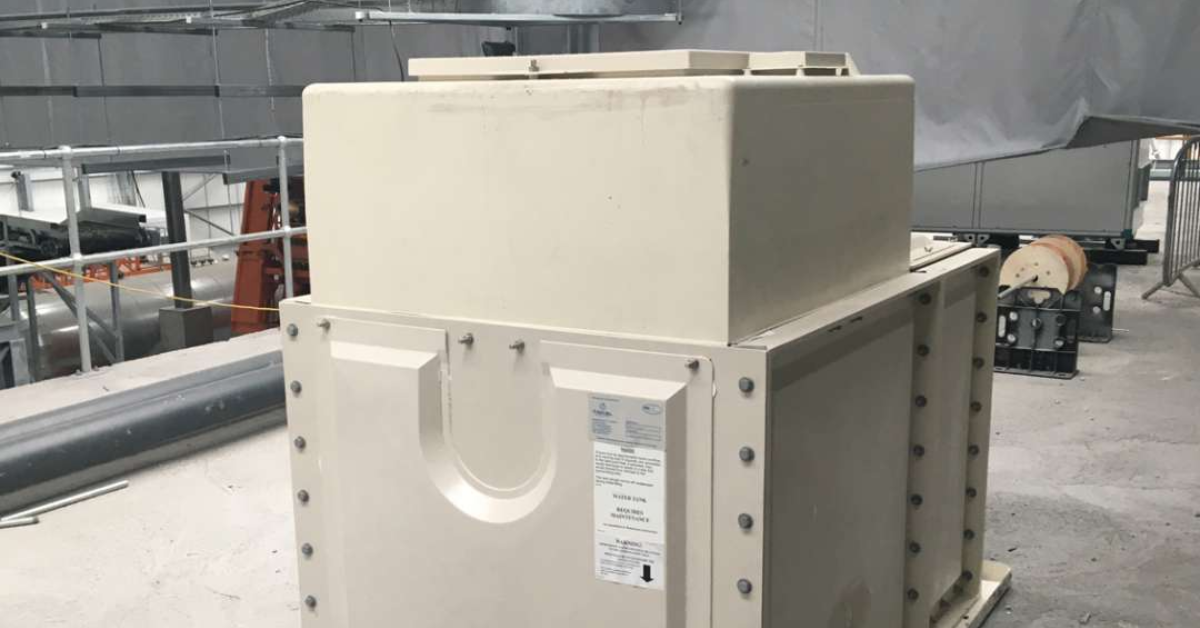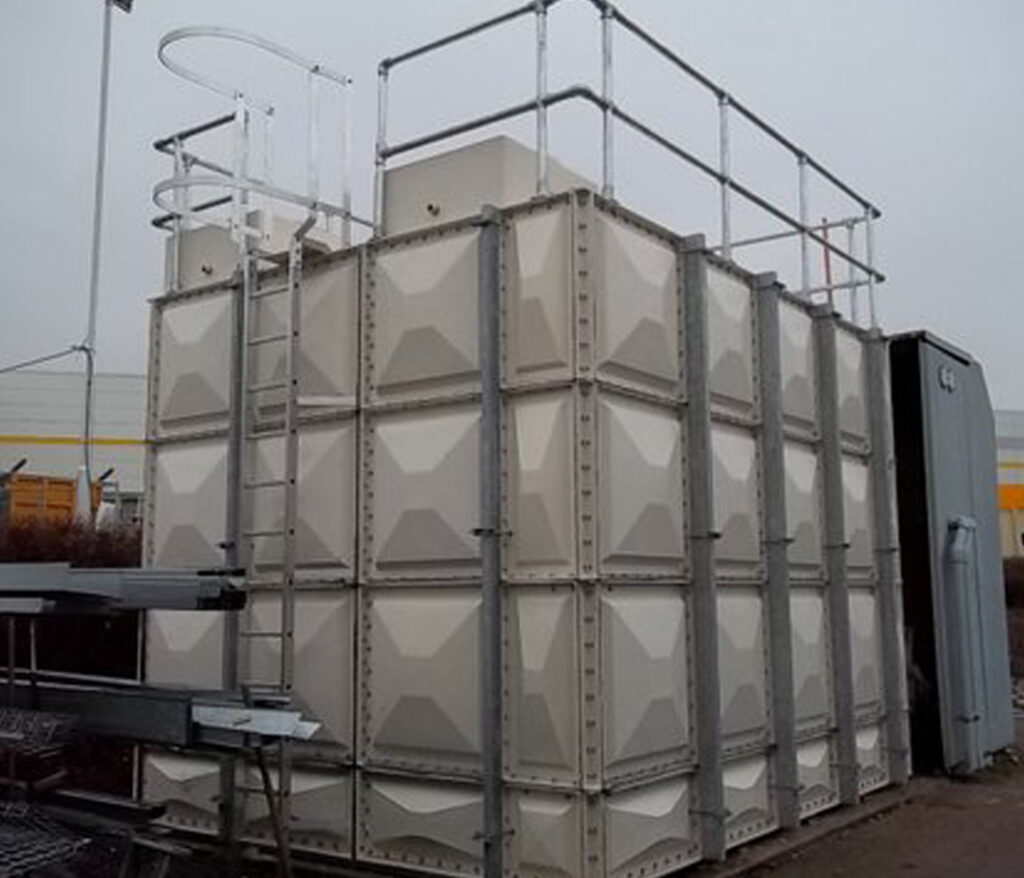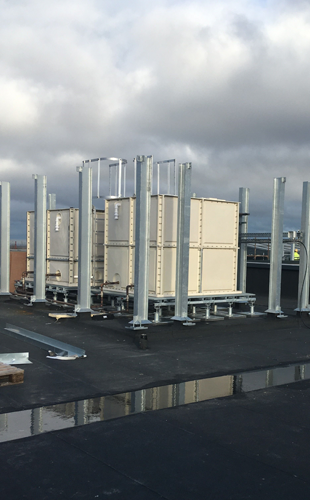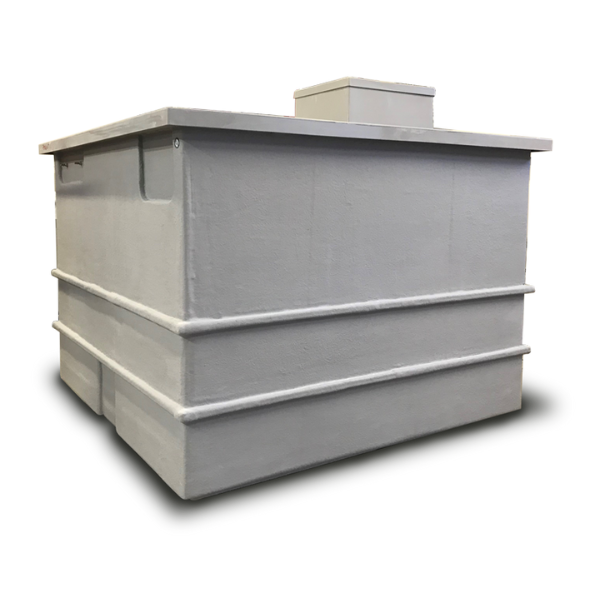
WATER STORAGE
The Science Behind GRP Tank Durability
The Science Behind GRP Tank Durability – Durability is a critical factor in the world of water storage. Among the various materials used for constructing water tanks, GRP (Glass-Reinforced Plastic) stands out due to its exceptional durability. But what makes GRP tanks so resilient against corrosion and weathering? Let’s delve into the science behind these remarkable tanks.
If you have any questions, feel free to call us or use our quote form
To speak to one of our agents online, click here
The Science Behind GRP Tank Durability
GRP, or fibreglass, is a composite material from a polymer matrix reinforced with glass fibres. This combination of materials results in a product that is not only strong but also lightweight and versatile. The primary components of GRP include:
- Resin: The polymer matrix, usually made of polyester, vinyl ester, or epoxy resin, binds the glass fibres together and provides the matrix in which the fibres are embedded.
- Glass Fibers: These fibres, typically made of silica, give the composite high tensile strength and rigidity. The glass fibres are woven or arranged in various patterns to enhance the material’s mechanical properties.
The Manufacturing Process of grp tanks
The production of GRP tanks involves several meticulous steps to ensure their strength and durability:
- Moulding: The process begins with a mould, which shapes the tank. Moulds are usually made from materials like steel or aluminium, which can withstand the manufacturing process and ensure a smooth finish for the tank.
- Gel Coating: A gel coat is applied to the mould’s surface. This coating forms the outermost layer of the tank. It is crucial for providing a smooth, glossy finish that enhances aesthetic appeal and adds an extra layer of protection against environmental factors.
- Layering the Fibers: Glass fibres are laid into the mould. These fibres can be in the form of chopped strands, woven mats, or continuous roving, depending on the desired properties of the finished tank. The arrangement and orientation of these fibres are crucial as they determine the strength and flexibility of the tank.
- Resin Application: Resin is applied over the glass fibres, ensuring complete saturation. This step is critical as the resin must penetrate the fibre layers thoroughly to create a uniform, strong composite. Techniques such as hand lay-up, spray-up, or resin transfer moulding (RTM) are used to achieve this.
- Curing: The resin-coated fibres are left to cure. During this process, the resin hardens and forms a solid, rigid structure. The curing process can be accelerated using heat, depending on the type of resin used.
- Demolding and Finishing: Once cured, the tank is removed from the mould and undergoes finishing touches, including trimming excess material and inspecting for defects. Quality control checks ensure the tank meets all specifications and standards.

Why GRP Tanks Resist Corrosion and Weathering
- Non-Porous Surface: The gel coat and resin layers create a non-porous surface that prevents water and chemicals from penetrating the tank walls. This makes GRP tanks highly resistant to corrosion, unlike metal tanks, which can rust over time.
- Chemical Resistance: GRP materials inherently resist various chemicals, including acids, alkalis, and salts. This makes them ideal for storing various liquids, including potable water, wastewater, and aggressive chemicals.
- UV Resistance: The outer gel coat often contains UV inhibitors that protect the tank from the harmful effects of ultraviolet radiation. This prevents the material from degrading and becoming brittle when exposed to sunlight for extended periods.
- Thermal Stability: GRP tanks can withstand extreme temperatures without losing structural integrity. They do not warp or crack under high heat or become brittle in freezing conditions, ensuring longevity in diverse climates.
- Flexibility and Strength: The combination of glass fibres and resin provides a unique balance of flexibility and strength. GRP tanks can absorb impacts without cracking, making them more durable than rigid materials like concrete or metal.
Conclusion
GRP tanks’ durability stems from the advanced materials and meticulous manufacturing processes used to create them. Their resistance to corrosion, chemicals, UV radiation, and extreme temperatures makes them an excellent choice for various applications. As technology advances, GRP tanks continue to set the standard for durable, long-lasting water storage solutions. GRP tanks offer unparalleled reliability and performance for industrial, commercial, or residential use.


ARTICLES YOU MIGHT BE INTERESTED IN
50 YEARS IN BUSINESS
A highly successful multinational corporation with over 50 years’ valuable industry experience
FULLY CUSTOMISABLE TANKS
Tanks available for all capacities, 43 litres to 4,651,290 litres. Larger tanks available on request
FAST DELIVERY
On-time delivery is a core requirement of our successful business operations
MEET OUR TEAM
To find an expert in your area, visit our page
TALK WATER STORAGE
To speak to one of our agents online, click here
GET A QUOTE
Request a free quote today to have a quote that meets your project!

